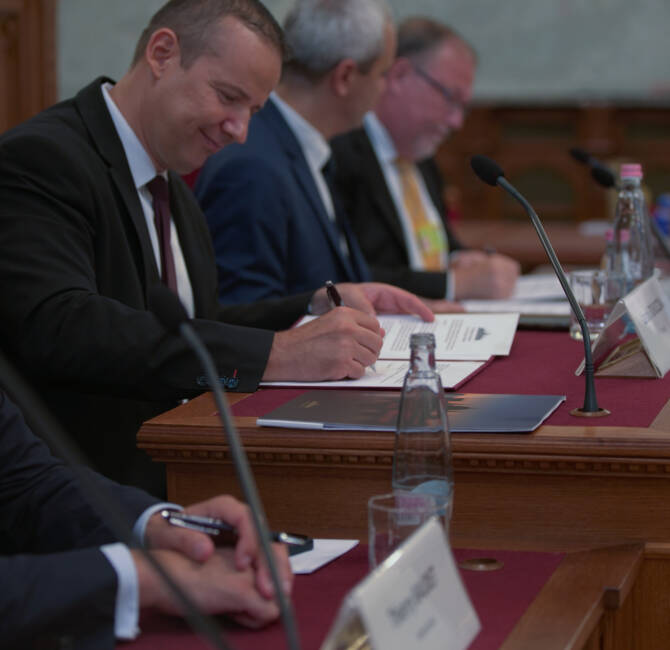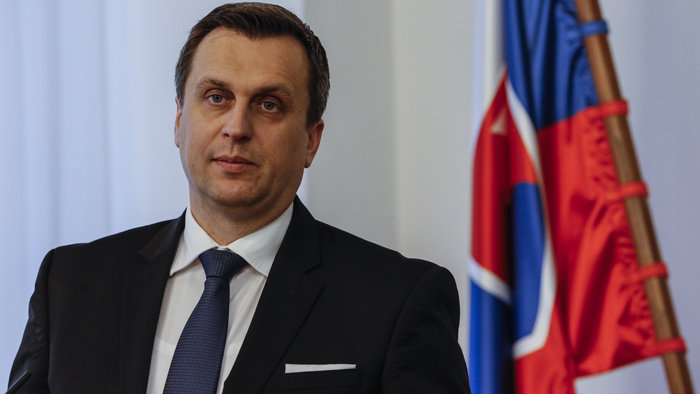Hungary – On Friday, September 15, the temporary closure of the Hungarian-Serbian border by a monitored barrier was two years old. Following the great migratory wave of summer 2015, the Conservative government of Viktor Orbán decided to erect a barrier along its border with Serbia in order to secure the boundaries of the Schengen area. At the press conference at the Röszke border crossing point, the government spokesperson Zoltán Kovács and the government’s special security adviser György Bakondi summed up the situation.
The spokesperson recalled that Hungary had not waited for any aid in 2015 and that it had acted in its own interest, that of its citizens and that of Europe, which was to ensure that the illegals can not enter the Hungarian soil.
The government’s special security advisor, General Bakondi, then recalled Hungary’s view on this temporary barrier: “If anyone opposes the border barrier in this situation, then he is standing for as many illegal immigrants as possible enter the EU.”
General Bakondi then recalled the fine examples of international cooperation. “V4 police forces came to help us, Frontex officers participated in the surveillance and the Austrian army provided material assistance.”
The security advisor then went on to detail some figures relating to illegal immigration:
In 2015, 391,384 clandestine entries into the national territory were recorded. In 2016, the number fell to 18,236. In the same year, 10,600 illegal entry attempts were prevented and 8,400 illegal immigrants were directly escorted to the border. The entry into force on July 5, 2016, of the law on asylum applications and illegal immigration enabling law enforcement authorities to immediately expel any clandestine intercepted within an 8km strip behind the border – then generalized to all the country – had a significant role.
For the moment, the figures for 2017 are the following: 1,184 illegal entries recorded, 7,300 attempts prevented, 4,500 interceptions made and 2,800 immediate deportation to the other side of the border.
The Ministers then recalled that Hungary still respect the right to asylum, but insisted on the need to examine each case on a case-by-case basis, as required by law, which could lead to significant waiting times for applicants, hence the need for transit zones at border points.
In 2015, Hungary received 177,135 asylum applications and granted 508 applications, in 2016, 438 applications were granted out of the 29,432, and in 2017, 700 applications were granted to some of the 2.578 asylum-seekers.
General Bakondi then recalled that despite the closure of the Balkan route in March 2016 with the alignment of Austria on the policy of the Visegrád group on this issue, there are still about 80 to 85,000 illegal immigrants along the route, and that these individuals are responsible for the current constant migratory pressure at the southern border.
This pressure from the Balkans has begun to generate alternative routes, and the number of migrants passing through Romania is increasing. This year around 700 illegal immigrants were intercepted on the border between Romania and Hungary. But the situation is under the control of the authorities of the two countries, said the minister.
At the end of the press conference, the government spokesman recalled that “in previous years, there has been proved an obvious link between illegal immigration and the deterioration of public security in Europe, and Hungary will not compromise on this issue.”




